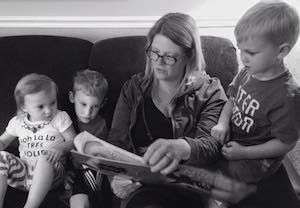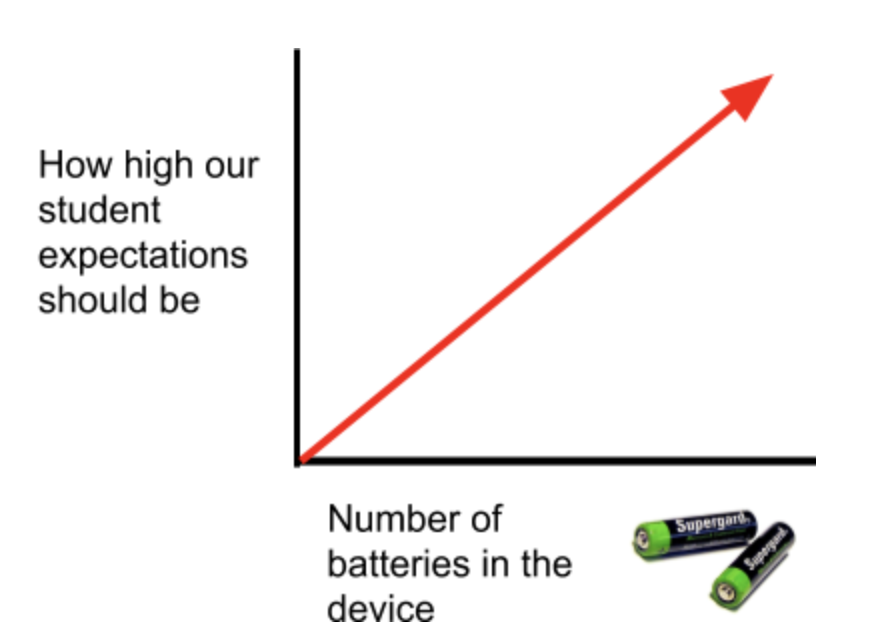Dear PATINS stakeholders,
I hope this letter finds you well. I want to tell you how much I miss you, and a letter seemed appropriate. There are many reasons for angst at this particular point in time, and honestly, most days in the past 7 months I haven’t been able to pinpoint a specific reason for why I’m feeling sad or anxious. I just remind myself that this is normal in a pandemic, and keep putting one foot in front of the other from my home office to the kitchen and back. Today, though, I am missing driving down a scenic Indiana State Highway, enjoying the fall splendor, and ending up in a school parking lot.
I miss walking in and being greeted by the friendly office staff, and then meeting you in a class or conference room to train you in person on a Braille display, or magnification solution. I miss meeting your delightful, thoughtful, eager students who often take off with an AT solution before I’ve left the building. I miss the banter and the physical connection of hand under hand instruction. Also, I even miss the occasional unfriendly office staff.
I miss your faces, looking up from tables in the library, some smiling and attentive, some bored, some zoned out after a full day of teaching, as I tell you about Universal Design for Learning or electronic media. I’ve seen your faces on Zoom, but in the library--in person--I feel a stronger sense of you as a person. I miss driving down the street in your small town and trying the pie at your local diner.
I’m grateful for Zoom. I can’t comprehend the isolation during a Pandemic before the luxury of the internet and the corresponding agony of doom scrolling... I suppose folks wrote more letters.
I searched for “letters from quarantine” and found that folks going through the Spanish Flu in 1918 were just as bored, frustrated, fearful, and sometimes desperately funny as they are on Twitter today. It is a small comfort to read their similar thoughts, complaints and hopes. Here is an excerpt from a letter written by Annie Clifton to her brother at war in Europe:
“Brother, Norfolk is some dull now,” wrote 16-year-old Annie Clifton on Oct. 21, 1918. “All of the moving pictures and theatres are closed on account of the Spanish flu. … I’m not working now [and] school … had to close, too.”
Here’s where I suppose I should add some optimistic thoughts and feelings about the positive things that are happening because of, and in spite of Covid 19. If you contact me or any other of our PATINS staff with your needs, we’ll find some creative way to work with you from a distance.
On this painfully beautiful October day, though, I’m going to stick with what I’m genuinely experiencing, and say again how much I miss you and the motion of my car speeding down the road to be with you. If you are feeling depressed or exhausted, that is o.k., and if you are feeling vibrantly hopeful, that is also o.k. Writing about any of it from any century is a good way to cope.
Pull out that journal. Better yet, write me a letter.




